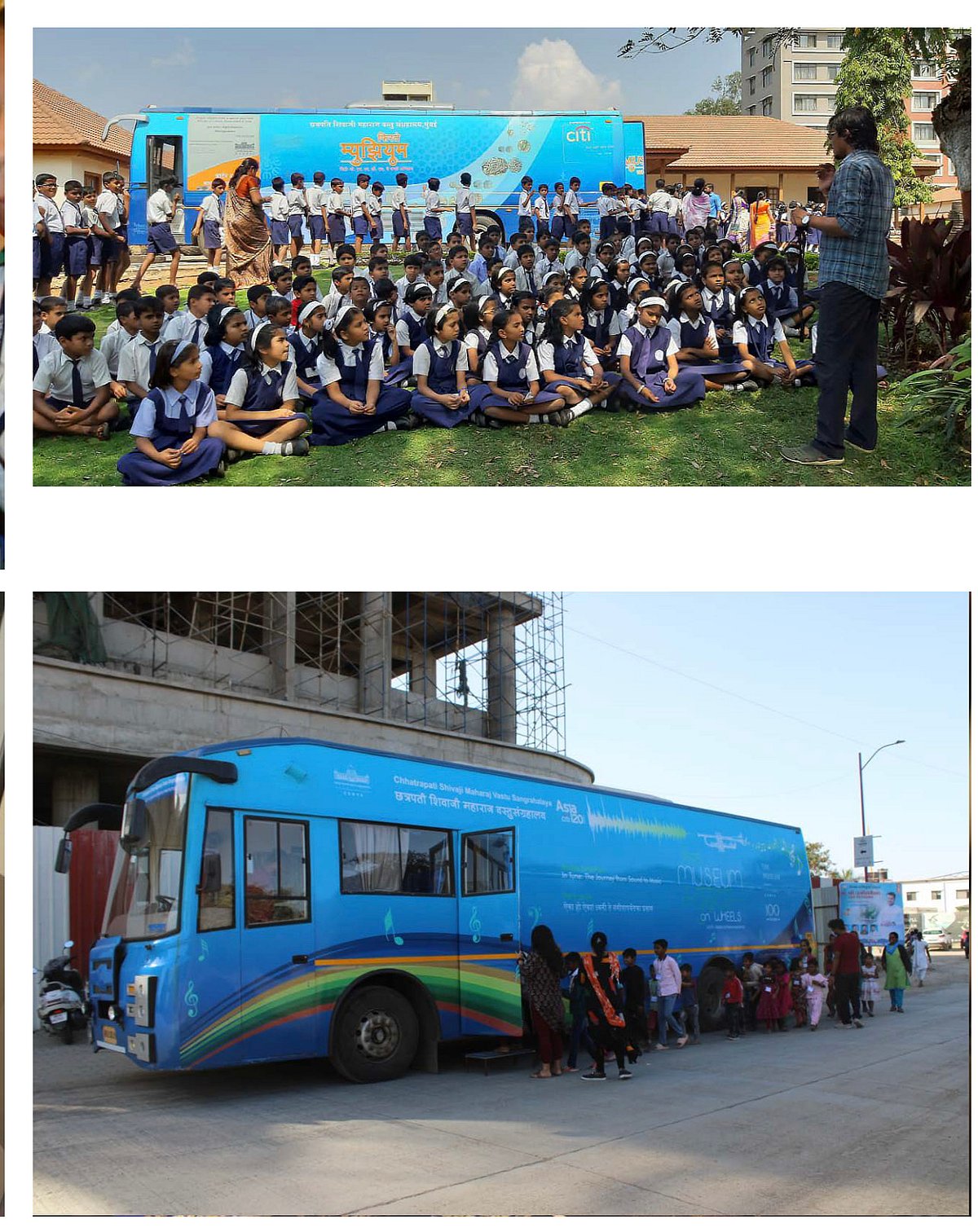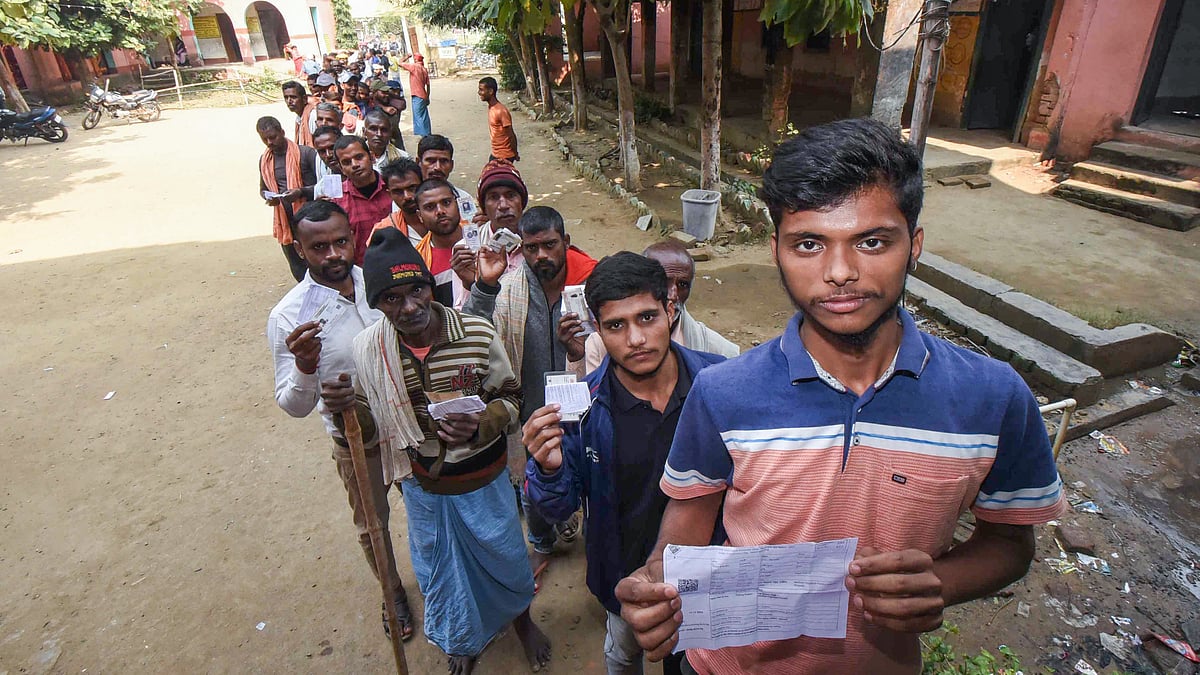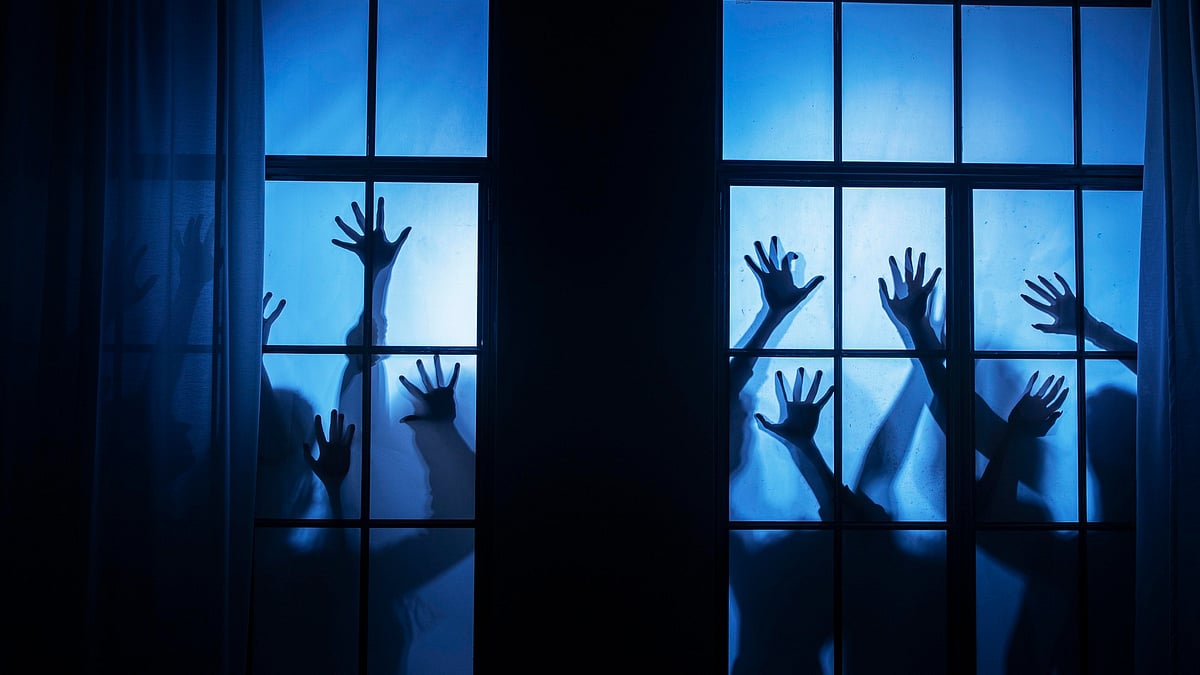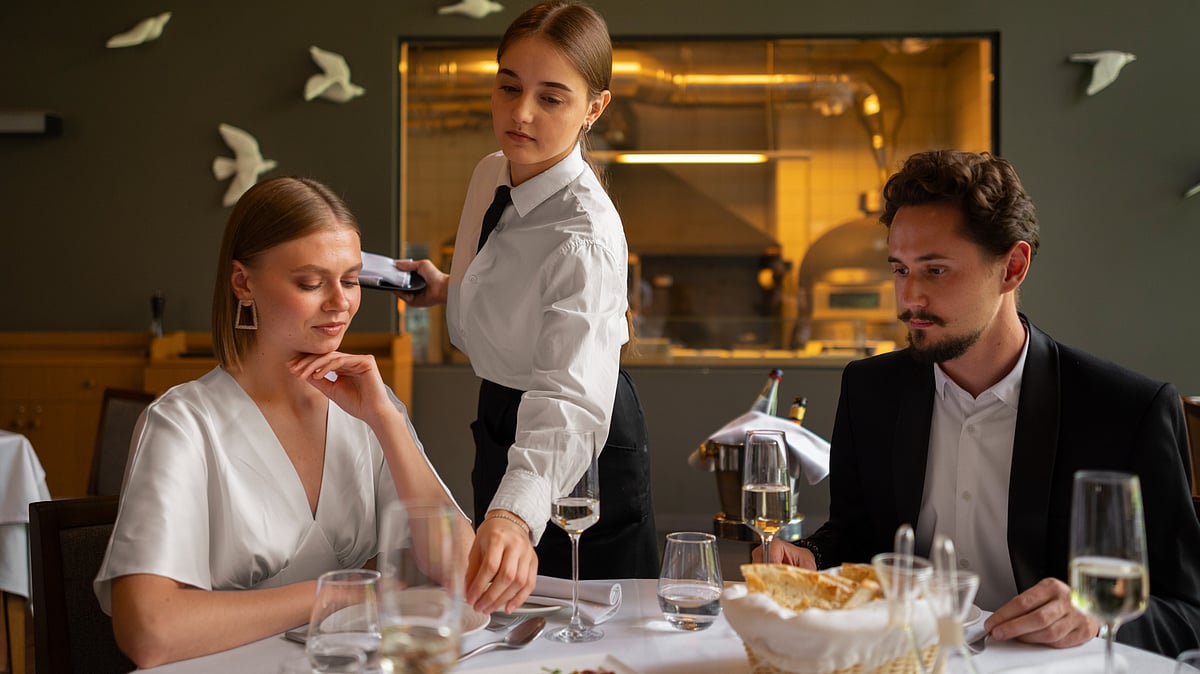Have you had the privilege of visiting the enchanting Chhatrapati Shivaji Maharaj Vastu Sangrahalaya (CSMVS) recently? For me, it was a cherished childhood tradition, akin to a pilgrimage to a sanctuary of knowledge and wonder. Nestled within the prestigious UNESCO World Heritage site, this architectural gem stands as an emblem of Mumbai's vibrant cultural landscape. However, my recent return to this esteemed institution left me awe-inspired and profoundly appreciative.
Remarkably, the museum exudes an ambiance of warmth and enthusiasm seldom encountered in such revered establishments. The passion resonating through every corner of the museum is truly commendable. The dedicated team not only exemplifies their commitment to preserving and researching artifacts but also demonstrates an exceptional fervor for restoration work.
Accompanied by the amiable assistant curator, Manoj Chaudhari, I embarked on a journey through the natural history department. Manoj's passion unveiled the intricate methods employed in replicating and restoring original specimens. A remarkable example was the painstaking assembly of a complete skeleton of a Barking Deer, a poignant artefact retrieved after a fall into a well in the Konkan region. This exceptional specimen now stands as a valuable resource for students and researchers alike. Venturing further, the gallery revealed taxidermied animals presented in their natural habitats, affectionately known as Dioramas. Among these, the majestic Indian Rhino and an endearing baby elephant captured our imagination.
Manoj shared the significance of these exhibits, particularly the challenges associated with preserving the delicate skin of elephants. Moreover, we witnessed captivating works-in-progress, including the restoration of the Indian Bison, Blackbuck deer, Tiger wall rug, and African antelope. Such immersive and captivating experiences can provide a treat for young minds eager to learn.

Yet, the splendour of CSMVS extends beyond these offerings. The museum's walking tours are a treasure trove of knowledge, catering to students across diverse disciplines. My esteemed painter friend, Dilip Ranade, (who joined the museum in 1971) fondly recollects the visionary initiatives undertaken during the directorship of Dr. Moti Chandra. These initiatives included classes on crafts and vocational workshops, such as Ganpati making, which laid the foundation for expansive educational programs.
Educational officer Bani Roy, alongside Swatantra Mann and Dilip Ranade, worked tirelessly to organize informative slide show talks and workshops. These sessions not only provided insights into the museum's rich collection but also enabled students to recreate historical artefacts through hands-on experiences, such as clay modelling of Indus Valley pieces, miniature art, tie-n-dye techniques, beadwork, paper mache mask making, and serigraphy.
During the 1980s, under the directorship of Sadashiv Borakshakar, outreach educational programs received significant impetus following a request from municipal commissioner Sharad Kale. To reach municipal schools, a dedicated vehicle was acquired, facilitating free classes held within the museum premises for students from far-flung areas. The emphasis on introducing historical, heritage, and design education during early childhood remains invaluable. To ensure broader outreach, the museum recognized the importance of orienting teachers and empowering them to seamlessly incorporate museum objects and history into academic curricula. Consequently, teacher training courses were introduced—a truly indispensable stride forward.
In the late 1990s, Kalpana Desai introduced audio guides, revolutionizing the visitor experience. Additionally, informative storybooks and activity-based school kits, focusing on the Indus Valley civilization and the captivating Vanashree, found their place in the museum shop, offering a wealth of engaging resources for exploration.
However, a new era commenced in 2007, ushering in a golden opportunity for the CSMVS Museum to unlock the potential of its extensive collection and breathe life into history and stories for children, teens, and adults alike.
A radiant gem within the museum's embrace is the CSMVS Children's Museum—a space designed to engage young minds and their adult caretakers and educators. Through vibrant exhibitions, workshops, and creative play, this sanctuary fosters dynamic educational engagement. Situated amidst lush greenery, the indoor-outdoor museum encourages self-led exploration and guided discovery of its invaluable artefacts. The museum's educators work hand-in-hand with teachers and parents to provide holistic learning experiences that resonate with children's lives, addressing their needs, expectations, and aspirations through fresh perspectives on art and history. Here, a spirit of exploration and balanced intellect takes root, while the joys of childhood flourish. Witnessing over 30% of the museum's daily visitors being children accompanied by families, peers, or teachers brings heartwarming evidence of this oasis of cultural recreation thriving.
Unveiling its commitment to outreach, the museum presents its flagship initiative—the CSMVS Museum on Wheels. For over seven years, two state-of-the-art buses have embarked on journeys far and wide, traversing the city, suburbs, and rural India, carrying captivating exhibitions on a multitude of themes. Equipped with display cases, demonstration kits, art supplies, audio-visual equipment, and digital interactives, these customized, air-conditioned buses ensure a memorable experience for all. Welcoming schools, colleges, cultural institutions, museums, historic sites, fairs, housing complexes, neighbourhoods, malls, and government departments, the Museum on Wheels offers educational tours in multiple languages, including Marathi, Hindi, English, Gujarati, and Kannada. With a ramp for wheelchair accessibility and CCTV surveillance for security, these exhibitions and activities are provided free of charge. To date, the Museum on Wheels has connected with a staggering 14,66,118 visitors in person and 1,20,806 online, leaving an indelible mark on countless lives.
The wonders that reside within the hallowed halls of CSMVS are but a glimpse of the vast cultural heritage that beckons us. With forward-looking designs and a commitment to embracing our collective tapestry of traditions, this institution has the potential to shape a future where knowledge and creativity intertwine, fostering an enlightened society.
Therefore, if stakeholders, patrons, and visionaries join hands CSMVS can be a trailblazing beacon of holistic education and cultural preservation for generations to come.
We hope that a course is charted towards a future where the boundaries of learning are transcended, and the spirit of curiosity is kindled in all.
Museums are educational centers and with the educational disciplines having their boundaries blurred, one can expect the Museum to become an active educational centers in disciplines other than restricted to the museology and art restoration.
CSMVS besides transporting one to a world of enchantment, where history dances, art captivates, and imagination soars, one can run art and design programs of sorts.
As I left the museum, I couldn't help but wonder how enriching it would be to have a formalized educational course in art or design, run under the umbrella of this gorgeous museum.












